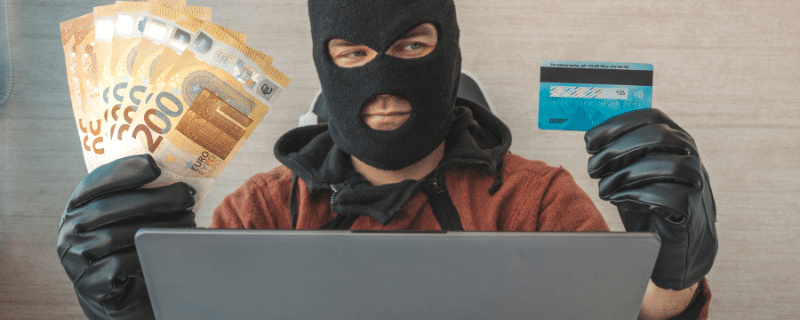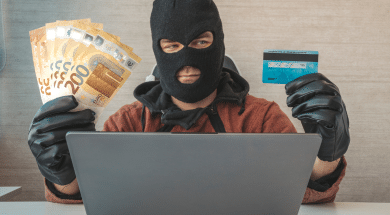Losing a credit card can be a distressing experience, but knowing how to promptly and effectively block it can prevent unauthorized use and protect your finances. This guide will walk you through the necessary steps to block a lost or stolen credit card, ensuring your peace of mind.

Immediate Steps to Take
When you realize your credit card is lost or stolen, quick action is essential to minimize potential damage.
Stay Calm and Assess the Situation
Check Recent Transactions: Log into your online banking or credit card account to review recent transactions.
Secure Your Accounts: Change passwords for online banking and any other services linked to your credit card.
Contacting Your Credit Card Issuer
Locate Contact Information
Find the Issuer’s Contact Number: Check the back of your card (if available), your card statement, or the issuer’s website.
Use Official Channels: Call the customer service number or use secure messaging through the issuer’s website or app.
Make the Call
Report the Loss: Inform the customer service representative that your card is lost or stolen.
Request Immediate Blocking: Ask them to block your card to prevent unauthorized transactions.
What Information You’ll Need
Before contacting your credit card issuer, gather the following information to streamline the process.
Personal Details
Full Name: As it appears on the card.
Address: Registered with the card issuer.
Date of Birth: For identity verification.
Card Details
Card Number: If available.
Last Known Transaction: Details of the last purchase or payment made with the card.
Additional Precautions
Notify Credit Bureaus
Place a Fraud Alert: Contact major credit bureaus (Experian, Equifax, TransUnion) to place a fraud alert on your credit report.
File a Police Report
Report the Theft: Especially if you suspect theft, filing a police report can be helpful for further investigation and as proof for the issuer.
Monitoring Your Accounts
Even after blocking your card, continued vigilance is crucial.
Regularly Review Statements
Check for Unauthorized Transactions: Review your account statements regularly for any suspicious activity.
Use Credit Monitoring Services
Enroll in Alerts: Set up alerts for large transactions or any new credit applications in your name.
Replacing Your Credit Card
Once your card is blocked, the next step is to get a replacement.
Request a New Card
Issuance of a New Card: Your issuer will typically send a new card within a few business days.
Update Your Information: Ensure your contact and address details are current.
Update Linked Accounts
Automatic Payments: Update your new card details for any automatic payments or subscriptions linked to the old card.
Preventative Measures for the Future
Keep Your Card Secure
Use a Safe Place: Store your card in a secure location when not in use.
Be Cautious Online: Avoid sharing card details on untrusted websites.
Enable Security Features
Set Up Alerts: Enable transaction alerts to monitor card usage.
Use Mobile Banking Apps: Utilize mobile apps for instant notifications and easy monitoring.
Frequently Asked Questions (FAQs)
What should I do if I find my card after reporting it lost?
Contact Your Issuer: Inform them immediately. They might re-activate your card or confirm if a replacement is already issued.
Will I be liable for fraudulent charges?
Limited Liability: Most issuers limit your liability for fraudulent charges if reported promptly. Check your issuer’s specific policy.
How long does it take to get a replacement card?
Typical Timeframe: Most issuers send a replacement card within 7-10 business days. Some offer expedited shipping for a fee.
Also Read: A Comprehensive Guide to HDFC Credit Card Login for New Users: How to Get Started
Conclusion
By following these steps, you can effectively manage the situation of a lost or stolen credit card, minimizing any potential financial damage and ensuring your personal information remains secure. Stay proactive, monitor your accounts regularly, and take advantage of available security features to protect your financial hea




